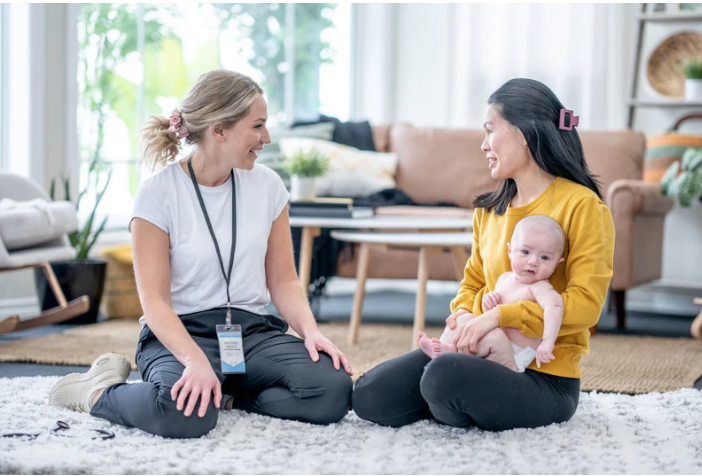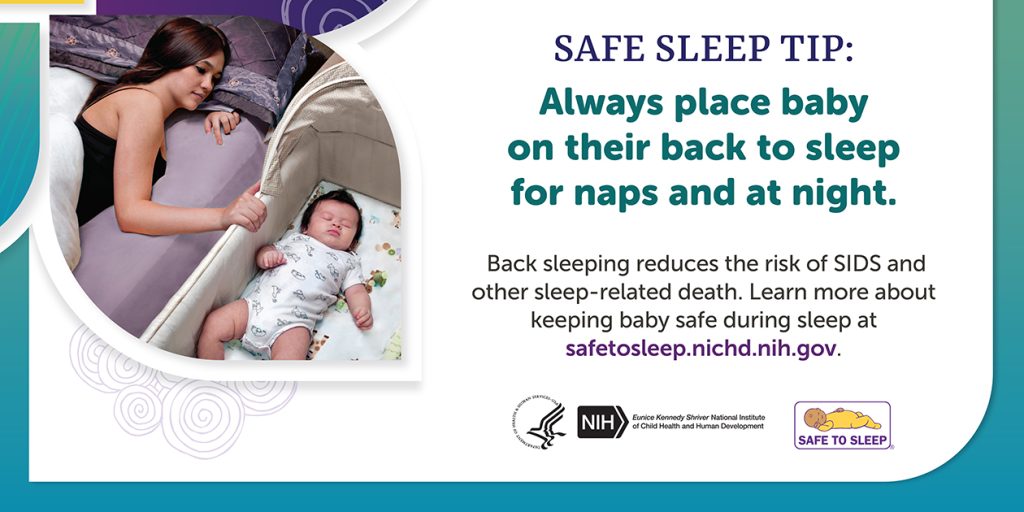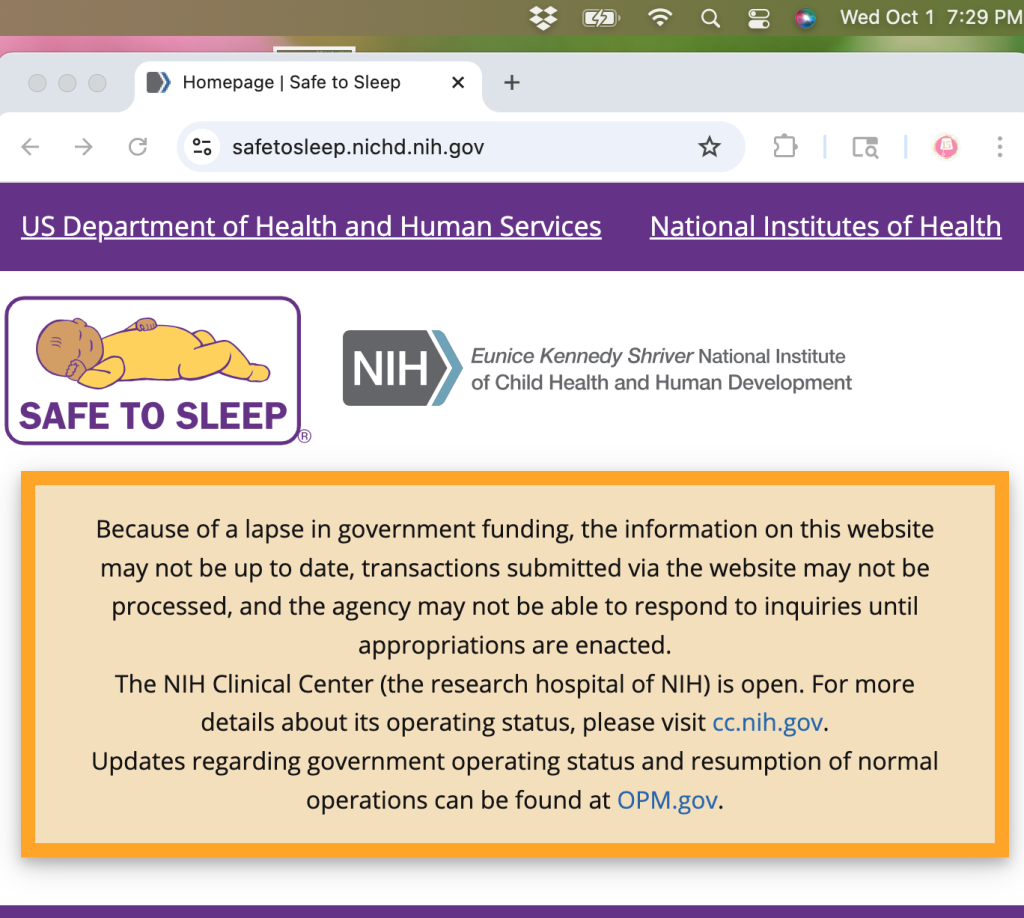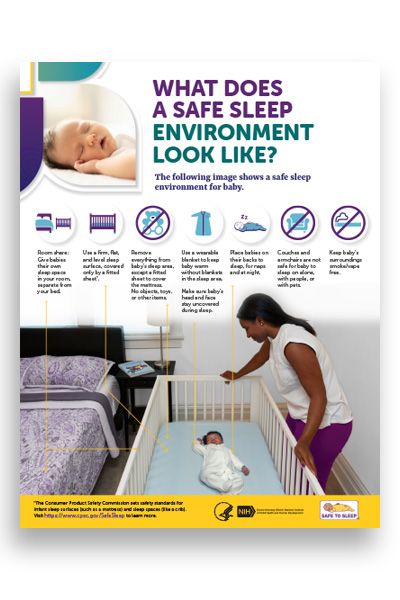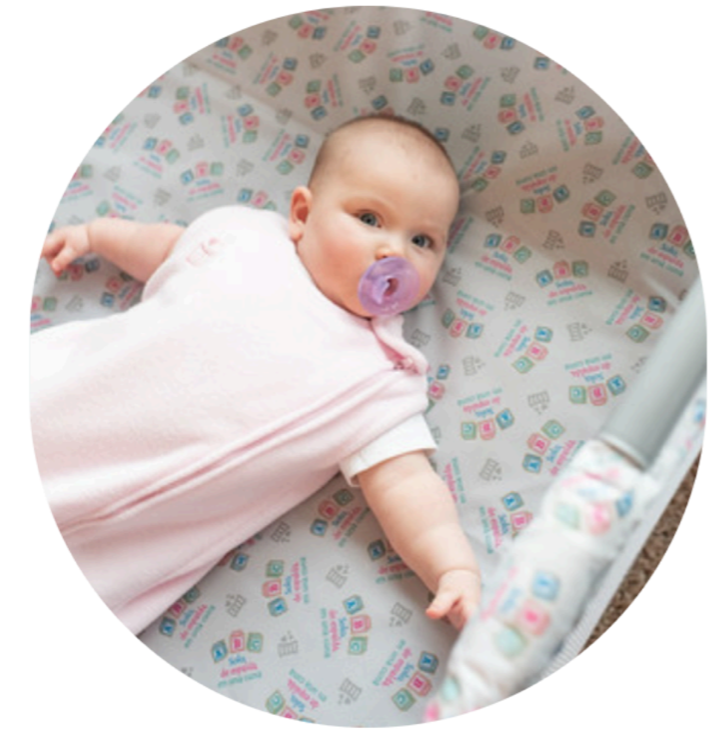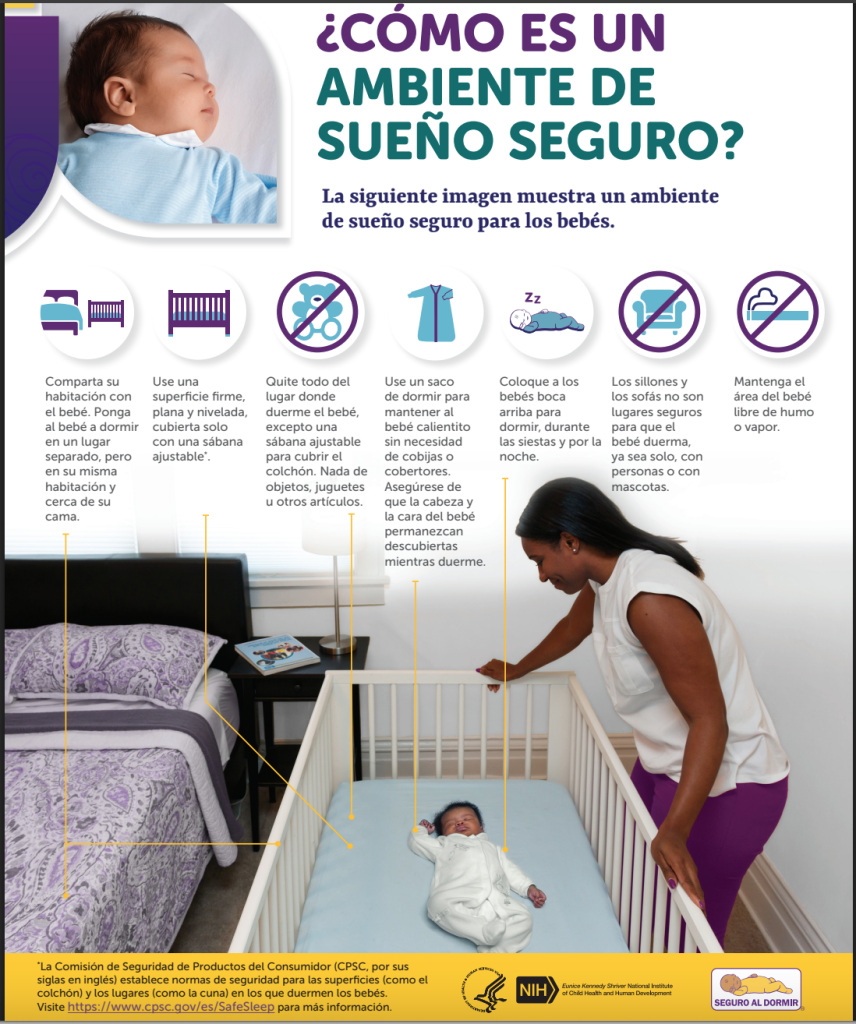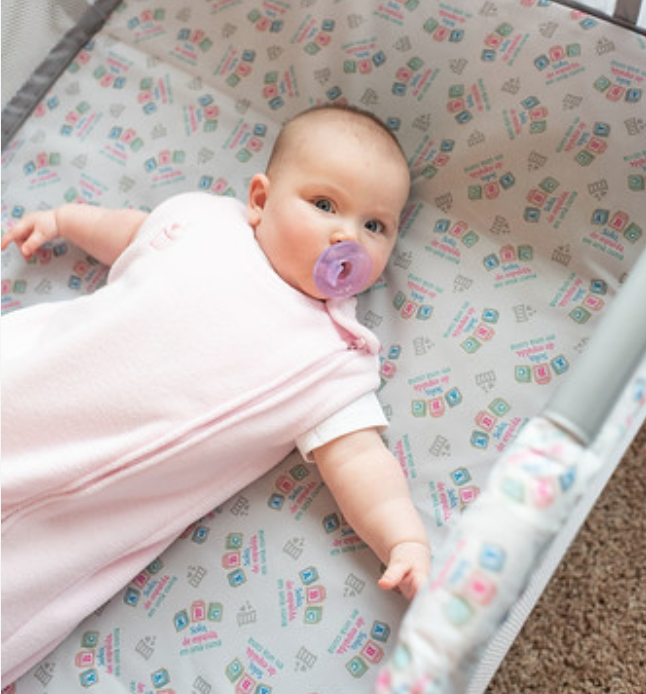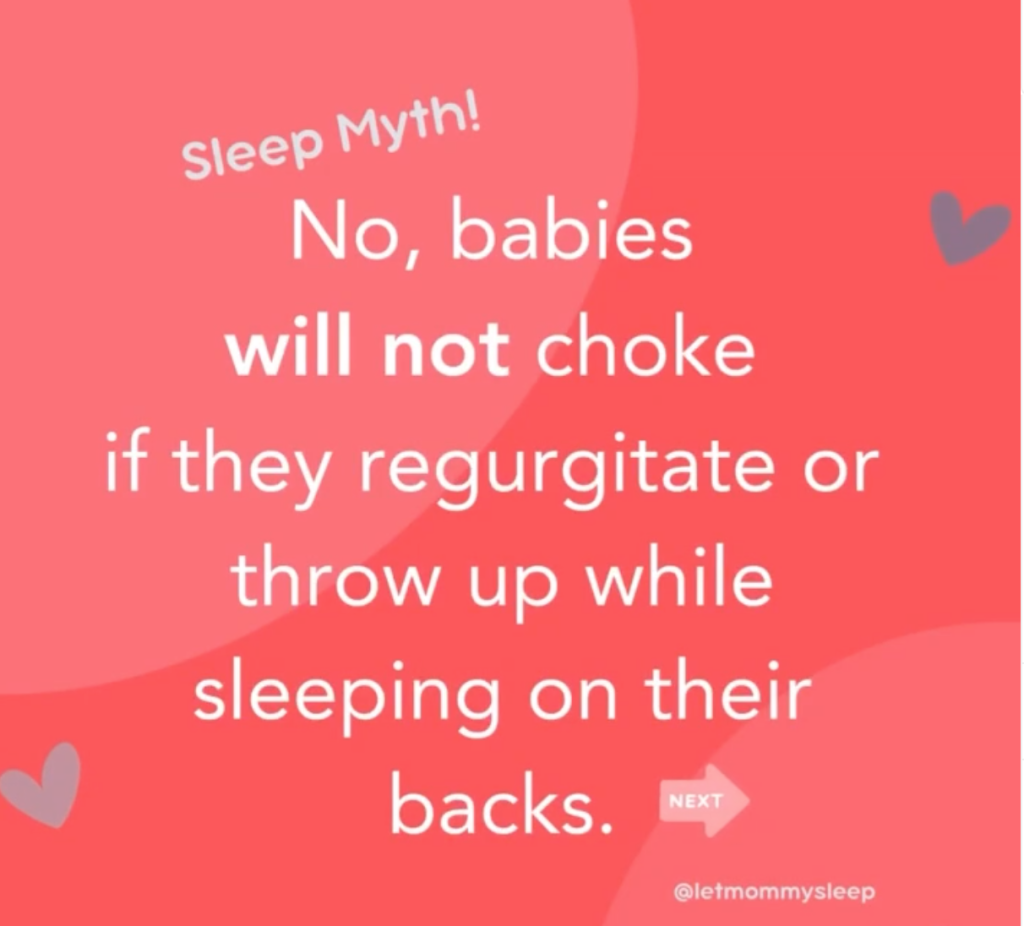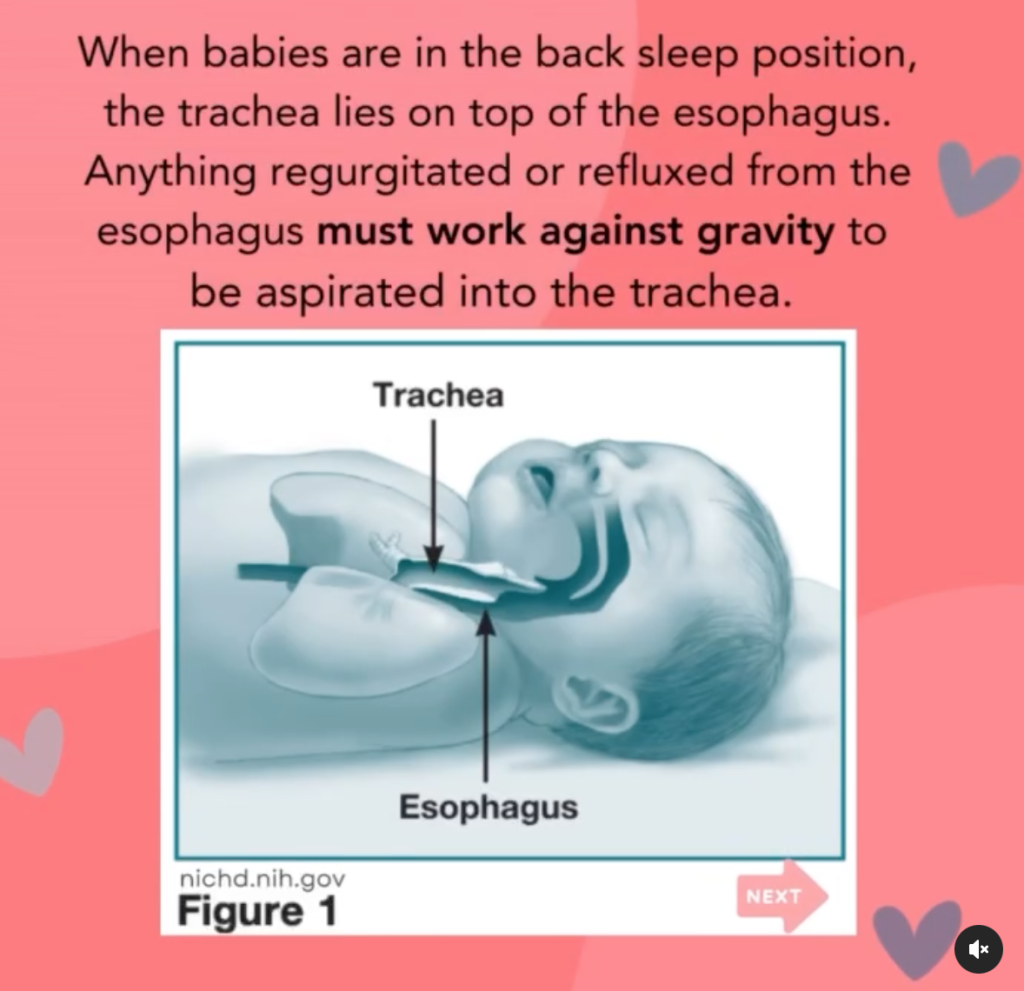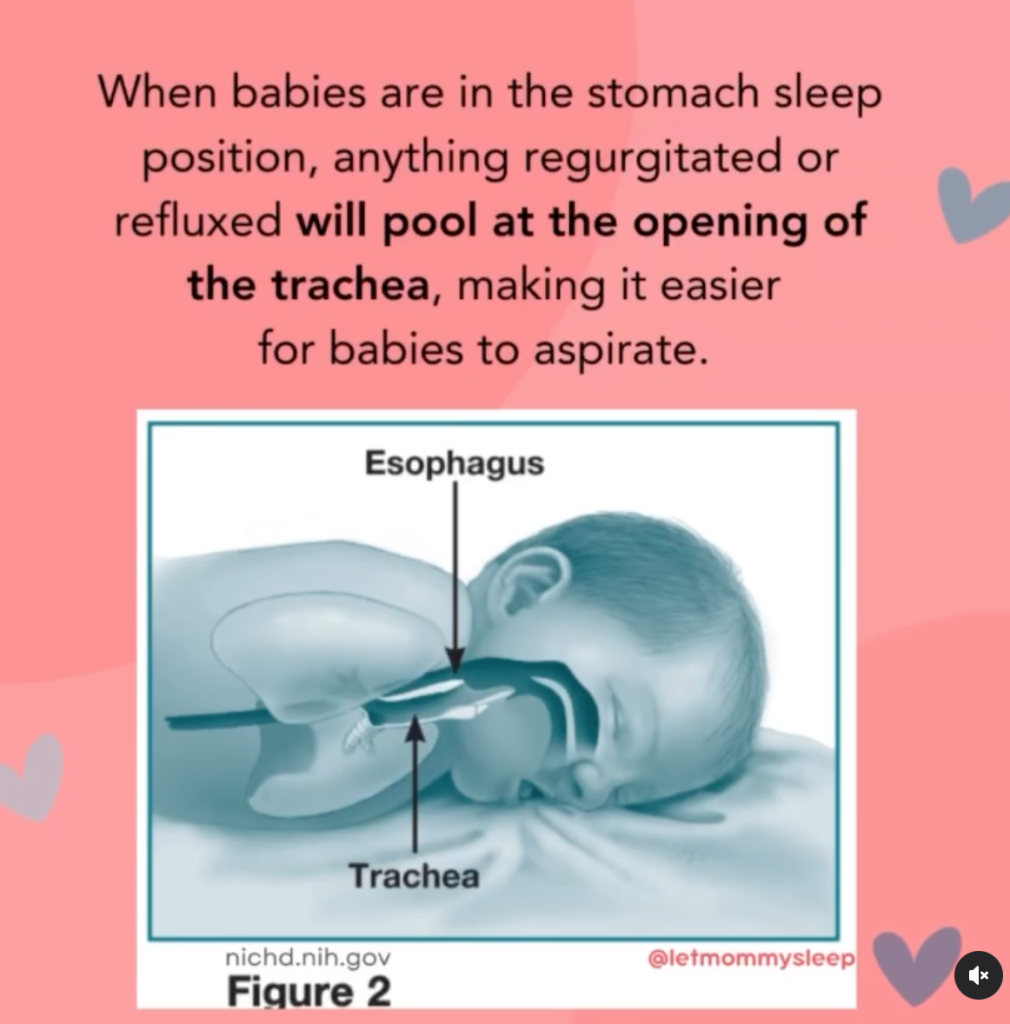Con tanta sobrecarga de información disponible para los futuros y nuevos padres, nuestro equipo de enfermeras infantiles y niñeras nocturnas crearon este blog: “Tu primera semana en casa con tu bebé: Guía definitiva de preguntas y respuestas.”
Guarda este artículo para encontrar respuestas basadas en evidencia a las preguntas más frecuentes sobre el posparto y el cuidado del recién nacido. #SomosTuComunidad
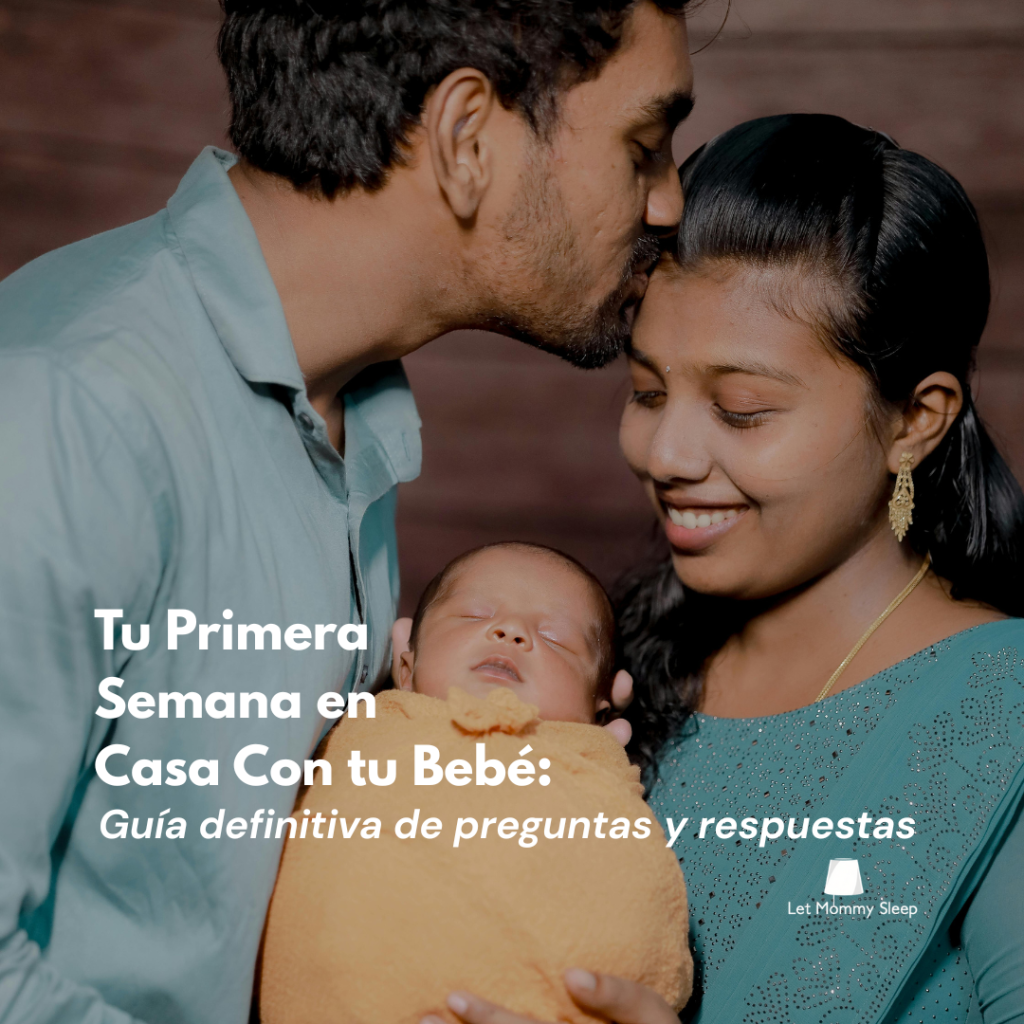
Tu primera semana en casa con tu bebé: Recuperación Posparto
Una faja abdominal es un elemento esencial después del parto. Las redes sociales nos hacen creer que su función es “recuperar el cuerpo antes del embarazo”, pero en realidad existen varias razones médicas importantes para usarla. Como explica Bridgett Miller Dixon, NP, además de ayudar con el dolor, especialmente después de una cesárea, las fajas
contribuyen a la recuperación interna y externa al ejercer compresión en el abdomen, mejorar la circulación sanguínea y los niveles de oxígeno. También ayudan a mantener cubiertas las suturas de la cesárea, protegiendo el área mientras sana.
Son fáciles de encontrar en farmacias o en Amazon, y suelen costar entre $20 y $30. Algunos fabricantes afirman que las fajas ayudan al abdomen a volver a su forma previa al embarazo, pero no existe evidencia que respalde esa afirmación. Aunque una faja abdominal puede ayudarte a mantener la espalda baja firme y brindarte comodidad, el ejercicio y una buena alimentación son las únicas formas de fortalecer los abdominales… si ese es tu objetivo.
¿Cuáles son los mejores alimentos para comer después del parto?
Después de dar a luz, tu cuerpo necesita alimentos ricos en nutrientes para sanar, recuperarse y apoyar la producción de leche si estás amamantando. Algunos de los mejores alimentos en el posparto incluyen:
- Proteínas como pollo, pescado, huevos y frijoles, Cuales ayudan a reparar tejidos y mantener la energía.
- Granos integrales como avena, quinoa y arroz integral, que brindan energía constante y fibra para prevenir el estreñimiento, común después del parto.
- Grasas saludables como aguacate, nueces, semillas y aceite de oliva, que apoyan el equilibrio hormonal y la salud cerebral.
- Verduras de hoja verde, vegetales coloridos y frutas, que aportan vitaminas, minerales y antioxidantes esenciales para la recuperación.
La hidratación también es clave: bebe agua a lo largo del día e incluye sopas o caldos, que son calmantes y nutritivos.
Tener comidas preparadas en el congelador y refrigerios listos te facilitará mucho la vida. Para comenzar el día, revisa nuestras 7 ideas de desayunos energéticos para nuevos padres, llenos de nutrientes.
¿Cómo sé si tengo depresión posparto (DPP)?
El “Tristeza posparto” o tristeza posparto suele durar hasta 2 semanas e incluye cambios de humor, llanto y fatiga. La depresión posparto es más intensa y prolongada. Los signos incluyen: sentimientos de desesperanza, pérdida de interés en el bebé, ansiedad o pensamientos de hacerse daño. Nunca está de más contactar a tu médico durante las primeras 2 semanas, pero si los síntomas persisten o se vuelven abrumadores, comunícate con tu obstetra o llama a la Línea Nacional de Salud Mental Materna: 833-852-6262. La DPP es común y tratable. Es importante saber que una depresión leve también puede afectar a los padres que no dieron a luz.
Aprende mas a PPD vs. Tristeza Posparto Leve: Conoce la Diferencia
¿Cómo se supone que debo dormir?
Está demostrado que la falta de sueño se relaciona con la depresión posparto, pero puedes aprender a manejarla leyendo
“Privación del sueño y depresión posparto: consejos comprobados para ayudarte.” Dormir bien también ayuda a la recuperación después del parto, al aumento de la producción de leche y a seguir las recomendaciones de sueño seguro para el bebé. Pero, ¿Cómo lograr verdaderos bloques de sueño cuando tu bebé se despierta cada 2 o 3 horas para alimentarse?
Aquí tienes 3 maneras efectivas de dormir más:
- Alterna turnos o noches completas con tu pareja- Cada uno se encarga de alimentar, cambiar y volver a dormir al bebé durante la mitad de la noche. Así, ambos pueden conseguir al menos 5 horas de sueño continuo. Si es posible, intenten hacer dos noches seguidas cada uno para lograr un descanso más profundo y reparador. Si estás amamantando exclusivamente, quédate en la cama para alimentar, mientras tu pareja se encarga del resto durante tu “noche libre”.
- Acepta ayuda- A veces sentimos culpa por recibir ayuda cuando cuidamos a un recién nacido, pero este es el momento de recurrir a tu red de apoyo (“tu tribu”) para poder dormir unas horas. Si no tienes a alguien cerca, considera contratar un servicio de doula o niñera nocturna.
- Prepárate para dormir cuando llegue el momento- Evita el impulso de revisar el teléfono. Practica respiraciones profundas si te cuesta relajarte. Un cuarto oscuro, ruido blanco y un espacio reservado solo para dormir te ayudarán a hacer la transición de despierta a dormida.
Tu primera semana en casa con tu bebé: Alimentación
¿Cómo saber si mi bebé está comiendo suficiente durante la primera semana?
- Si alguna vez te has preguntado “¿Qué tan grande es el estómago de un recién nacido?”, debes saber que, durante la primera semana de vida, su tamaño varía entre una nuez y un albaricoque. Esto significa que, como los bebés comen pequeñas cantidades, deben hacerlo con frecuencia. Comprender esto ayuda tanto a padres que amamantan como a los que alimentan con fórmula a tener expectativas realistas.
- Si amamantas: es normal que parezca que tu bebé pasa todo el tiempo al pecho. Mientras produzca pañales mojados y sucios, está recibiendo suficiente alimento. El contacto piel con piel también es fundamental para establecer la producción de leche, así que si sientes que el bebé está “pegado a ti”, ¡eso no solo es normal, sino saludable!
- Si alimentas con fórmula: incluso las botellitas más pequeñas que dan en el hospital (2 onzas) suelen ser demasiado grandes para la primera semana. Los bebés pueden seguir tomando aunque estén llenos, ya que su cuerpo tarda en recibir la señal de saciedad. La clave está en alimentar despacio y con pausas para eructar. Tanto en pecho como con biberón, las tomas pequeñas, lentas y frecuentes son lo normal.
¿Es normal que mi recién nacido pierda peso?
Sí. Aunque parezca que come todo el tiempo, es esperable que pierda entre un 7% y 10% de su peso al nacer durante los primeros días. Esto se debe a que nacen con un poco de líquido extra. Generalmente, recuperan ese peso dentro de las dos primeras semanas. Aun así, puedes visitar a tu pediatra para un control de peso y asegurarte de que el bebé está creciendo adecuadamente.
Estoy amamantando… ¿Cuándo notaré que mi cuerpo empieza a producir más leche?
Puede tardar entre 3 y 5 días en subir la leche, y esos días suelen ser los más difíciles porque el bebé está más despierto y hambriento. Algunas razones comunes (aunque no siempre presentes) para un retraso en la producción son la cesárea, un parto complicado o la obesidad.
Tu primera semana en casa con tu bebé: Consejos para estimular la producción de leche:
- Permite que tus amigos y familiares te cuiden para que tú puedas cuidar al bebé. El estrés, el hambre y la falta de sueño
pueden retrasar la lactancia. - Ningún tiempo al pecho es tiempo perdido. Incluso unas pocas gotas cuentan y pueden transferirse al bebé aunque
también tome fórmula. - No esperes a que el bebé llore para amamantar. Colocarlo piel con piel antes de prenderse ayuda a mantener la calma y preparar el cuerpo para alimentar.
- El contacto piel con piel aumenta naturalmente la producción de leche.
- Verifica el agarre. La lactancia no debe doler; si sientes dolor, contacta a La Leche League, a tu pediatra o a una consultora de lactancia.
- Extraer leche manualmente o puedes usar un sacaleches después de amamantar para estimular la producción.
Tu primera semana en casa con tu bebé: Sueño del recién nacido
¿Mi recién nacido está durmiendo demasiado?
Hay un rango amplio de lo que se considera “normal”. Los bebés no desarrollan ciclos de sueño regulares hasta alrededor de los 6 meses. Durante las primeras semanas, pueden tener algunos periodos largos de sueño, pero normalmente se despiertan cada 2 o 3 horas para comer. A menos que tu médico te indique lo contrario, no es necesario despertarlos: ellos mismos compensan con tomas más frecuentes después.
¿Dónde debe dormir mi bebé?
La Academia Americana de Pediatría (AAP) recomienda compartir habitación, pero no cama, durante los primeros 6 meses.
Esto significa que tu bebé duerme en la misma habitación que tú, pero en su propio espacio, como una cuna o moisés firme, sin cobijas, almohadas ni peluches, y siempre boca arriba.
¿Qué debe usar mi bebé para dormir?
La regla general es vestirlo con una capa más de la que tú usarías.
Por ejemplo: un body, un pijama con pies y un arrullo ajustado. El arrullo ayuda a evitar que los movimientos reflejos lo
despierten. Como dijo la enfermera Rachelle en un artículo de Mom.com: “¡Veo muchos gorritos que se mueven mientras los bebés duermen! Si tú también vas a dormir, hay que quitarselos.”
Para obtener más información, lea 10 Pasos para un Sueño Seguro del Bebé
Mi recién nacido no duerme de noche, ¿Qué hago?
Durante la primera semana es común que los bebés confundan el día con la noche. Mantén el día luminoso y activo, y la noche tranquila y silenciosa para que aprendan la diferencia. Recuerda: es normal que se despierten cada 2 o 3 horas para comer.
Tu primera semana en casa con tu bebé: Calmar al bebé
¿Es normal que mi bebé haga tanto ruido?
¡Sí! Los gruñidos y sonidos que hacen los recién nacidos al dormir son completamente normales. Sus cuerpos se están acostumbrando a digerir leche o fórmula , algo que nunca hicieron en el útero. En otras palabras, están
teniendo evacuaciones por primera vez en su vida, y eso puede causar esfuerzo o ruidos. Por supuesto, si algo te preocupa o no parece normal, comunícate con tu pediatra.
¿Cómo se hace un arrullo?
Hay una razón por la cual en el hospital todos los bebés parecen pequeños burritos: el arrullo los calma y reconforta! Imita la sensación del útero y evita que se despierten por sus propios movimientos reflejos. Recuerda usar una manta especial para arrullo, más grande y elástica que las mantas comunes. No uses mantas con peso, ya que no se consideran seguras para dormir.
Cómo envuelvo a mi bebé?
Hay una razón por la que todos los bebés en el hospital parecen pequeños burritos: envolverlos les resulta muy reconfortante y tranquilizador. Envolverlos imita la sensación del útero y evita que se despierten por los reflejos involuntarios de brazos y piernas. ¡Así es como se hace!
Recuerda usar una manta para envolver diseñada específicamente para ello, que es más grande que las toallas o mantas comunes para bebé. Estas mantas también tienen un poco más de elasticidad en la tela para mantener al bebé bien sujeto. No uses mantas con peso, ya que no se ha comprobado que sean seguras para dormir.
¡He intentado todo y mi recién nacido sigue llorando! ¿Qué debo hacer?
1. Primero, confía en tu instinto. Recuerda que tú eres el principal cuidador de tu bebé y el experto en él. Si algo no te parece bien o tienes alguna preocupación, no dudes en comunicarte con tu pediatra o tu proveedor de atención médica.
2. Segundo, asegúrate de que tu bebé no tenga hambre. Como los recién nacidos solo pueden comer menos de una onza a la vez, es posible que tenga hambre incluso si comió hace poco. Si no tiene hambre, prueba una de las 10 mejores formas de calmar a un bebé inquieto.
Hay muchos expertos en cuidado de recién nacidos, pero tú eres el experto en tu bebé. Si sientes que algo no está bien, contacta a tu pediatra. Los recién nacidos suelen estar “somnolientos” durante las primeras semanas, así que si tu bebé llora sin consuelo, lo mejor es descartar cualquier problema médico. Y si tu bebé está llorando y sientes que estás perdiendo la
paciencia, está bien colocarlo de manera segura en su cuna mientras llamas al médico o recuperas la calma.
¿Cómo puedo filtrar toda la información sobre bebés en internet?
Si alguna vez has buscado en Google una pregunta sobre recién nacidos o posparto, probablemente hayas recibido miles de respuestas contradictorias. La mejor manera de filtrar toda esa información es seguir fuentes basadas en evidencia, como:
- La Academia Americana de Pediatría (AAP)
- El Colegio Americano de Obstetras y Ginecólogos (ACOG)
- Organizaciones dedicadas a la salud materna e infantil
Apóyate en profesionales con licencia, como pediatras, enfermeras y consultoras de lactancia, en lugar de influenciadores o foros. Lo más importante es recordar que tu bebé y tu recuperación son únicos, así que aunque las pautas generales son útiles, tus mejores recursos siempre serán tu pediatra y tu obstetra. Aquí tienes los mejores sitios web de cuidado del recién nacido que probablemente no conoces.
Tu primera semana en casa con tu bebé: Lista de supervivencia para la primera semana
Además de comidas preparadas, pañales y artículos para el bebé, aquí tienes una lista rápida de otros elementos que preparar para tu primera semana en casa:
Faja abdominal o prenda de soporte
- Bloques de sueño programados con tu pareja o ayuda externa
- Información de contacto del pediatra visible en el refrigerador
- Listas de limpieza diaria y semanal (¡No son para ti! Son para los visitantes bien intencionados que quieren ayudar!)
- Información de contacto para apoyo en lactancia
- Números de emergencia: pediatra fuera de horario, línea directa de salud mental materna
- Marcadores de sitios web confiables para respuestas basadas en evidencia que puedas necesitar de noche
Si tienes preguntas durante tu primera semana en casa con tu bebé, nuestro equipo de enfermeras nocturnas y doulas está aquí para ayudarte. Contáctanos para programar una visita posparto o virtual.

